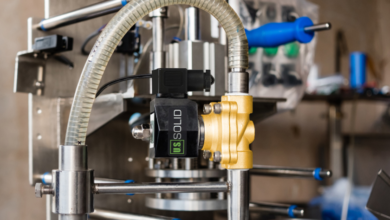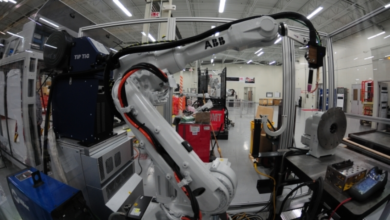Vibe Coding and Developer Wellbeing: A New Approach to Tech Culture

In the ever-evolving world of software development, productivity has long been measured by outputs—lines of code, tickets closed, or features delivered. But as tech culture matures, there is growing recognition that developer wellbeing plays a crucial role in long-term success. Vibe coding is an emerging philosophy that emphasizes emotional awareness, team morale, and psychological safety as core elements of the coding process.
What Is Vibe Coding?
Vibe coding is not a programming language or framework, but a mindset. It revolves around understanding and optimizing the emotional “vibe” of a development team. This approach integrates mood tracking, communication cues, collaborative rituals, and even aesthetic or auditory enhancements to create a positive coding environment. Rather than treating coding as an isolated technical activity, vibe coding treats it as a social and emotional practice that thrives on trust, rhythm, and team energy.
While traditional development workflows focus heavily on tools and methodologies, vibe coding encourages teams to consider the human experience. Are developers stressed, burnt out, or disengaged? Or are they energized, aligned, and motivated? Vibe coding aims to bring these invisible elements to the surface, so they can be acknowledged, discussed, and improved.
Why Developer Wellbeing Matters
Studies show that happier, more emotionally balanced developers produce higher-quality code and collaborate more effectively. The shift to remote and hybrid work has made it more difficult to “read the room,” making vibe awareness even more critical. When developers feel mentally exhausted or disconnected from their teams, productivity drops and errors increase.
By incorporating mood-check-ins, asynchronous feedback loops, and ambient tools that track emotional states, vibe coding promotes a culture where well-being is prioritized alongside deadlines. The idea is not to force positivity, but to foster genuine emotional transparency that supports psychological safety.
Tools that Support Vibe Coding
Several tech tools are starting to incorporate features aligned with vibe coding. Some platforms include emoji-based check-ins, stress indicators, or mood boards integrated into project management systems. Others gamify daily routines or provide guided mindfulness sessions specifically tailored for developers. Team dashboards that track sentiment or pulse surveys are also becoming more popular in agile and DevOps environments.
These tools aim to normalize the conversation around emotions in the workplace, breaking away from the traditional, results-only mentality. By offering visual insights into team morale, they help managers and team leads respond more empathetically, adjusting workloads or addressing team tension before it escalates.
See also: Empower Your Small Business Through Innovative Tech Choices
Culture Over Code
One of the core tenets of vibe coding is that a team’s culture can directly influence code quality. When people feel valued and emotionally supported, they are more likely to take ownership, engage deeply, and experiment with innovative solutions. On the other hand, toxic or high-pressure environments can lead to code churn, technical debt, and developer attrition.
Vibe coding doesn’t replace technical best practices—it enhances them. It adds a layer of human insight to agile processes, helping teams stay connected and resilient in the face of tight deadlines or complex challenges. It also aligns with broader trends in the tech industry that emphasize diversity, inclusion, and mental health as essential pillars of success.
The Future of Vibe Coding
As younger developers enter the workforce with a stronger focus on work-life balance and emotional intelligence, vibe coding is likely to gain traction. Organizations that embrace this approach may find themselves better positioned to attract and retain talent, reduce burnout, and create a sustainable culture of innovation.
Ultimately, vibe coding is about writing code that feels good, not just in functionality, but in the way it was created. It signals a paradigm shift in tech culture, one where developer wellbeing is not a side conversation but a central concern. And in an industry driven by people as much as technology, that shift is both timely and necessary.




